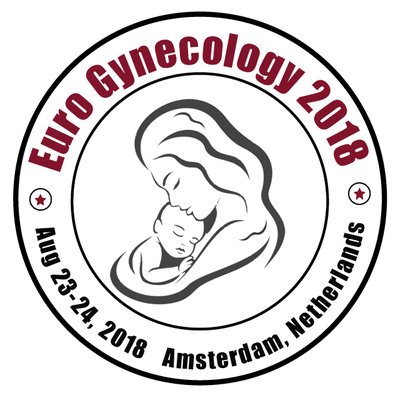Vaginal tubal sterilization : About a series of 158 patients from 2005 to 2021
Thierry Duforestel
Centre Hospitalier d'Antibes Juan-les-Pins, France
: J Womens Health, Issues Care
Abstract
Objectives: The latest recommendations of 2006 on tubal sterilization reported an infectious risk of 1.5 to 2.5% for the vaginal approach. There is, however, limited literature on this approach. The primary objective of our study was to investigate the feasibility of tubal sterilization via posterior colpotomy. The secondary objectives were to study the reproducibility of this approach, the postoperative infection rate after tubal sterilization via posterior colpotomy, to evaluate its peroperative and postoperative morbidity. Methods: This retrospective study, conducted at the Antibes's Hospital, included patients over 18 years of age who underwent tubal ligation with clips or bilateral vaginal salpingectomy from 2005 to 2021. Results: We included a total of 158 patients: 88% by clips and 12% by bilateral salpingectomy. The average operative duration was of 27 minutes. There were no infectious or postoperative complications directly related to the sterilization. There were two failures of the technique, requiring conversion to laparoscopy (1.3%) and four subsequent pregnancies (2.5%). Conclusions: We were able to show low morbidity and failure rates with this surgical technique. It, therefore, does not appear to be inferior to the laparoscopic approach. Moreover, it is reproducible technique.
Biography
Thierry Duforestel has been working in the Department of Obstetrics and Gynecology, Antibes Juan - Les - Pins Hospital Center, Antibes, France.
 Spanish
Spanish  Chinese
Chinese  Russian
Russian  German
German  French
French  Japanese
Japanese  Portuguese
Portuguese  Hindi
Hindi 



